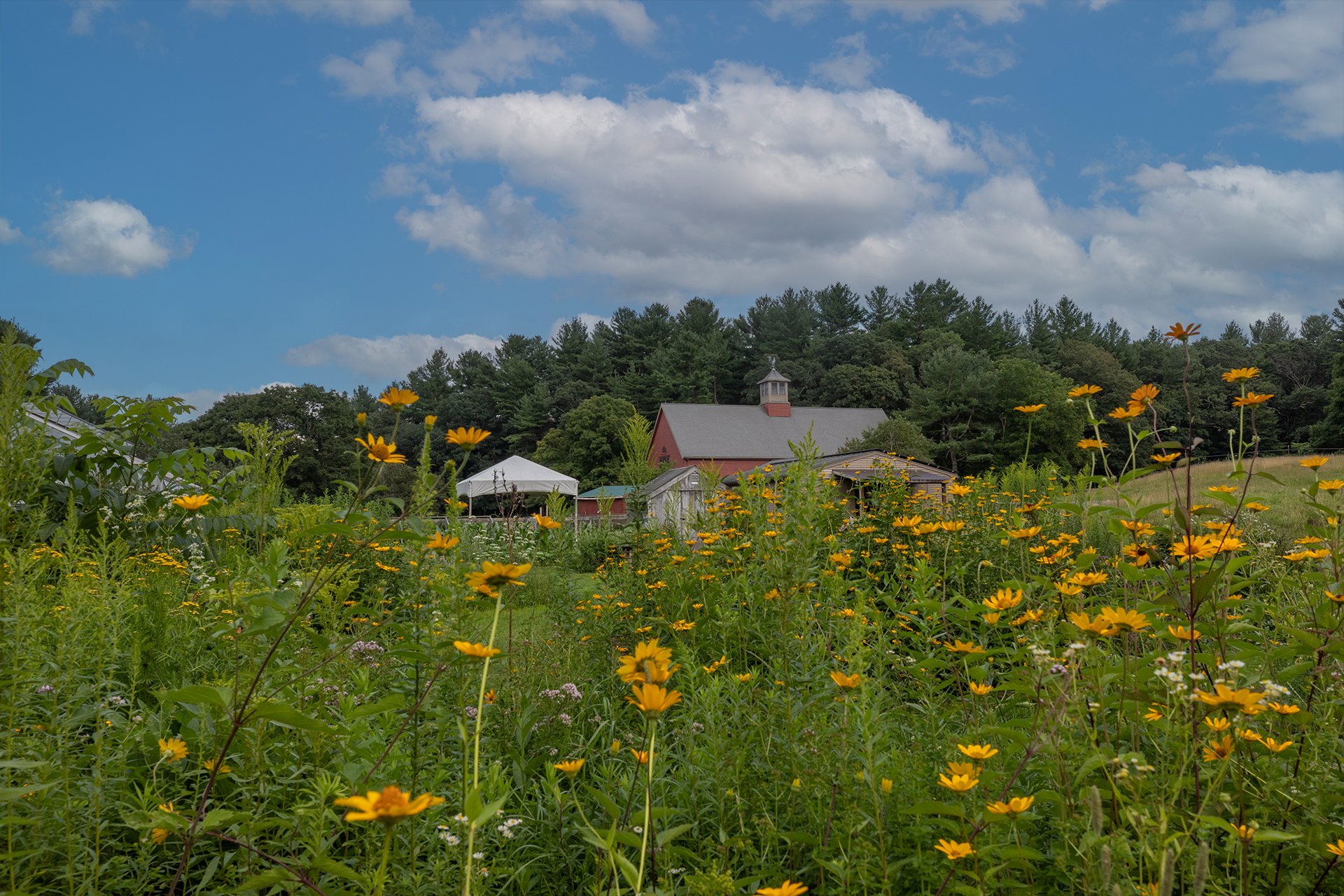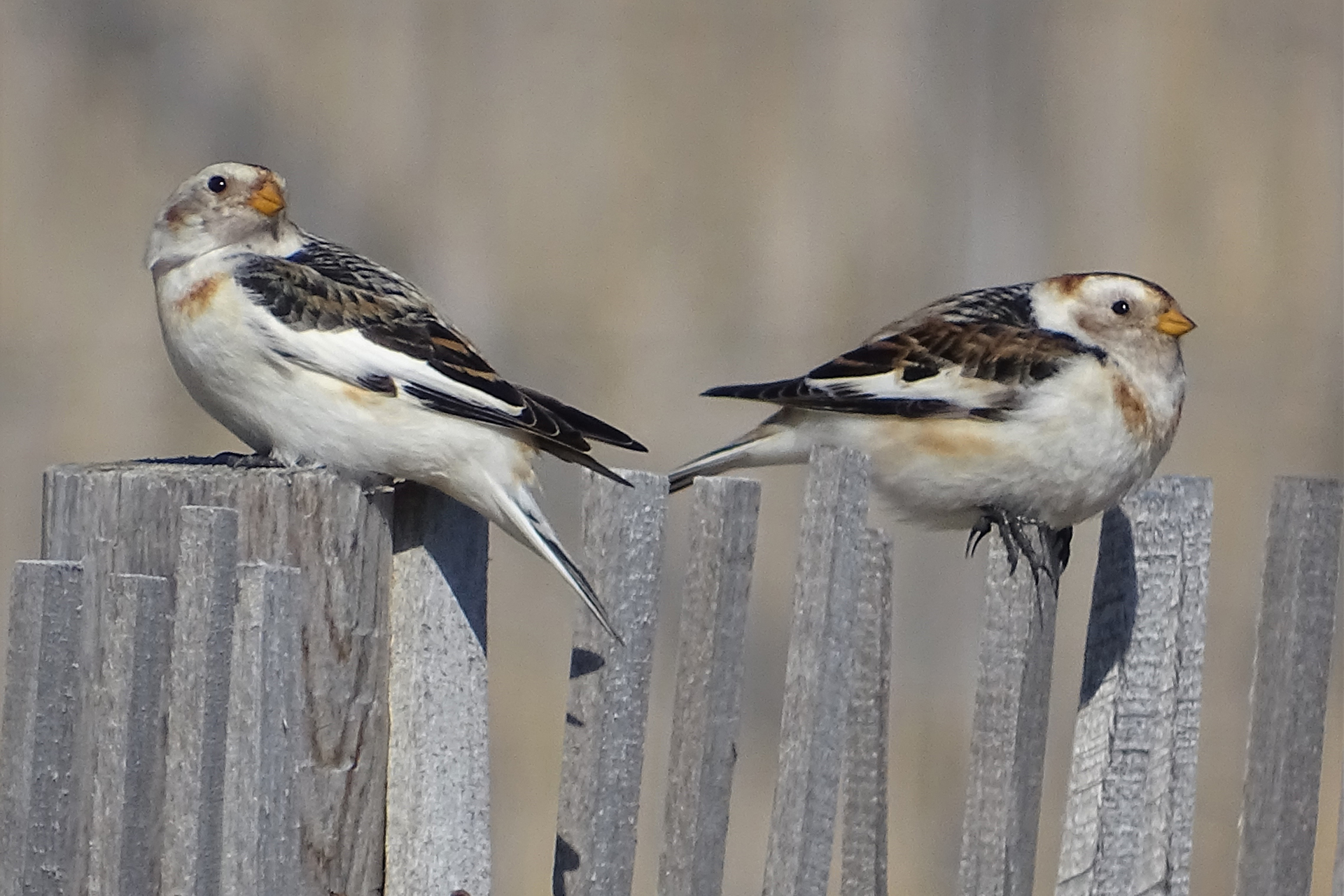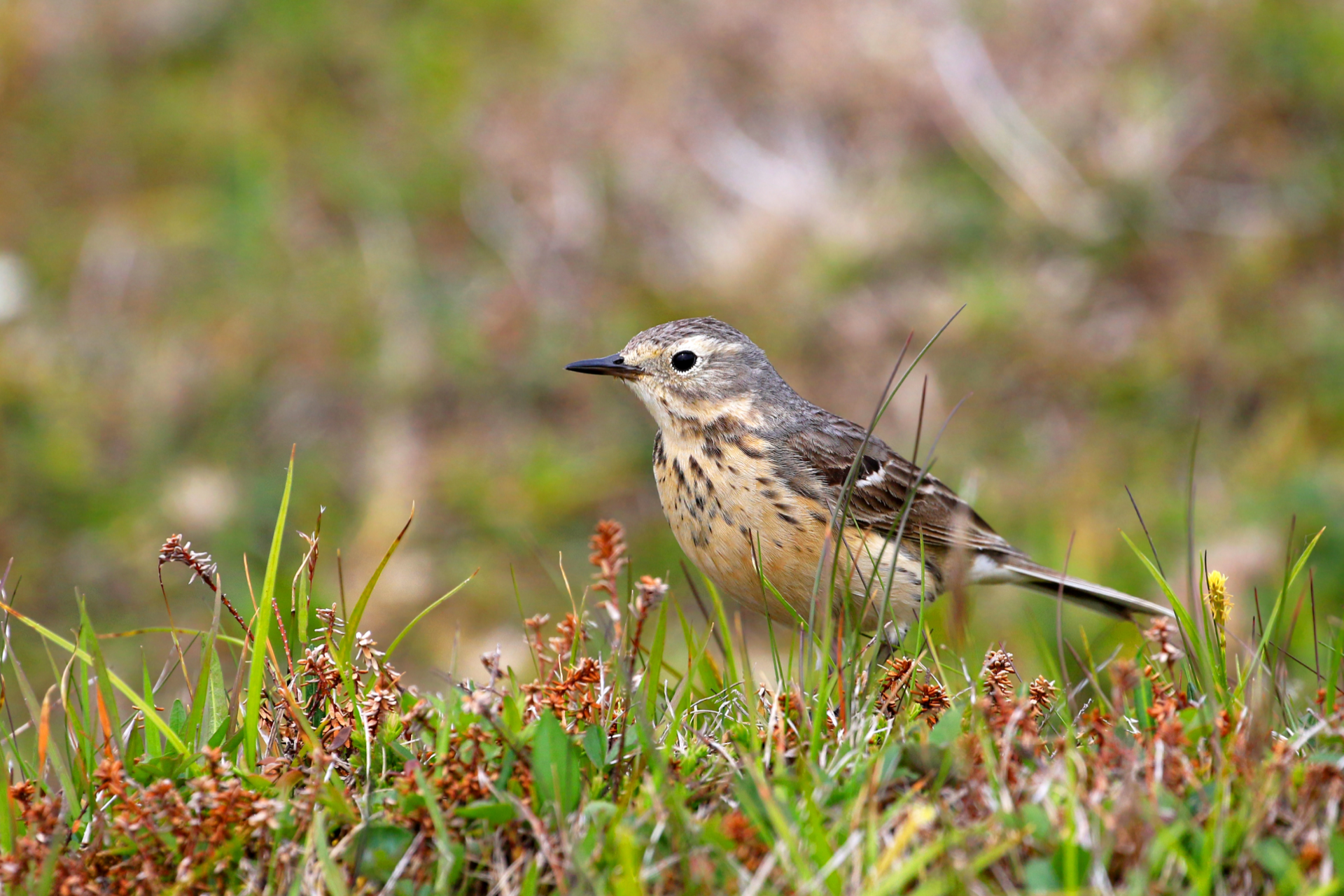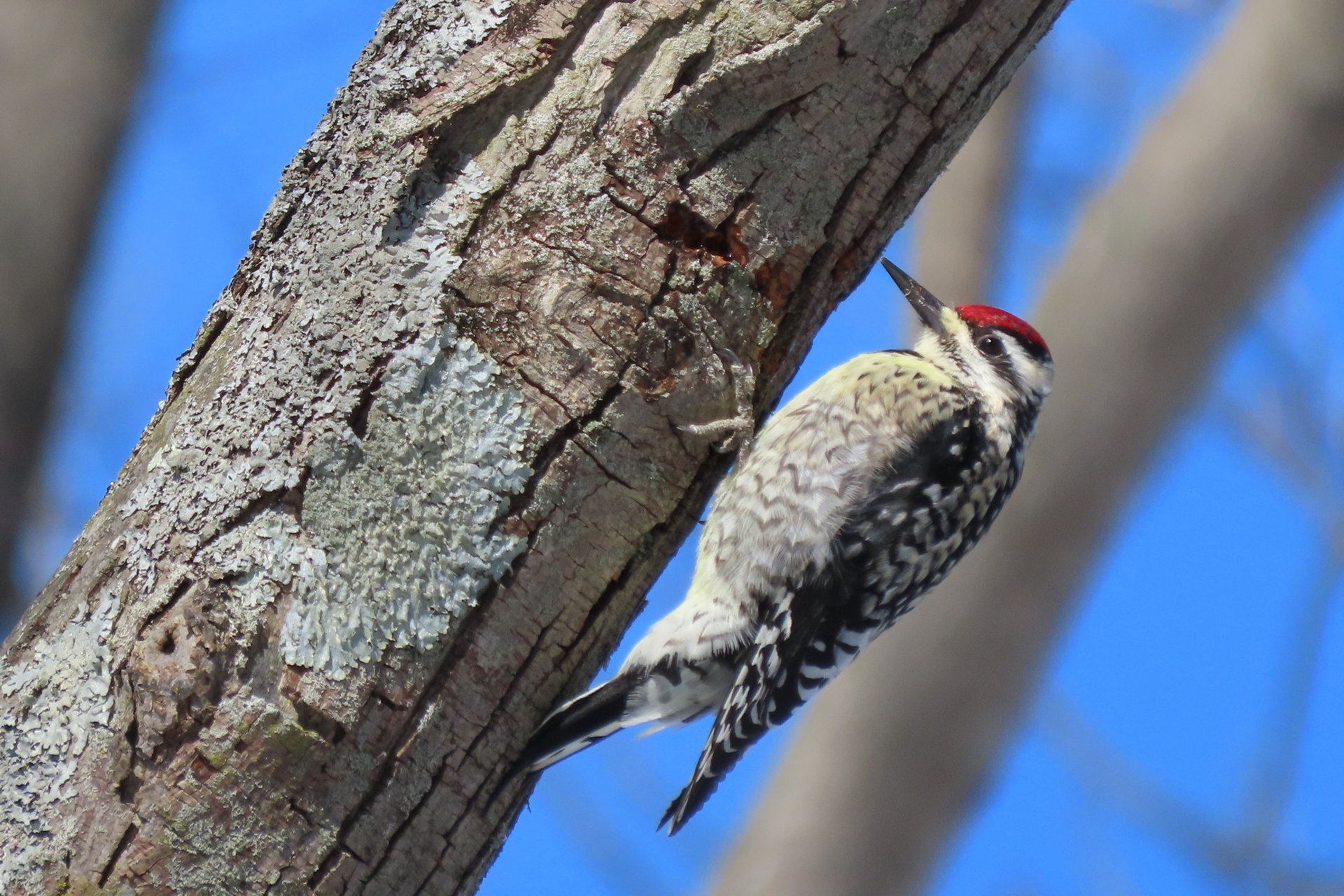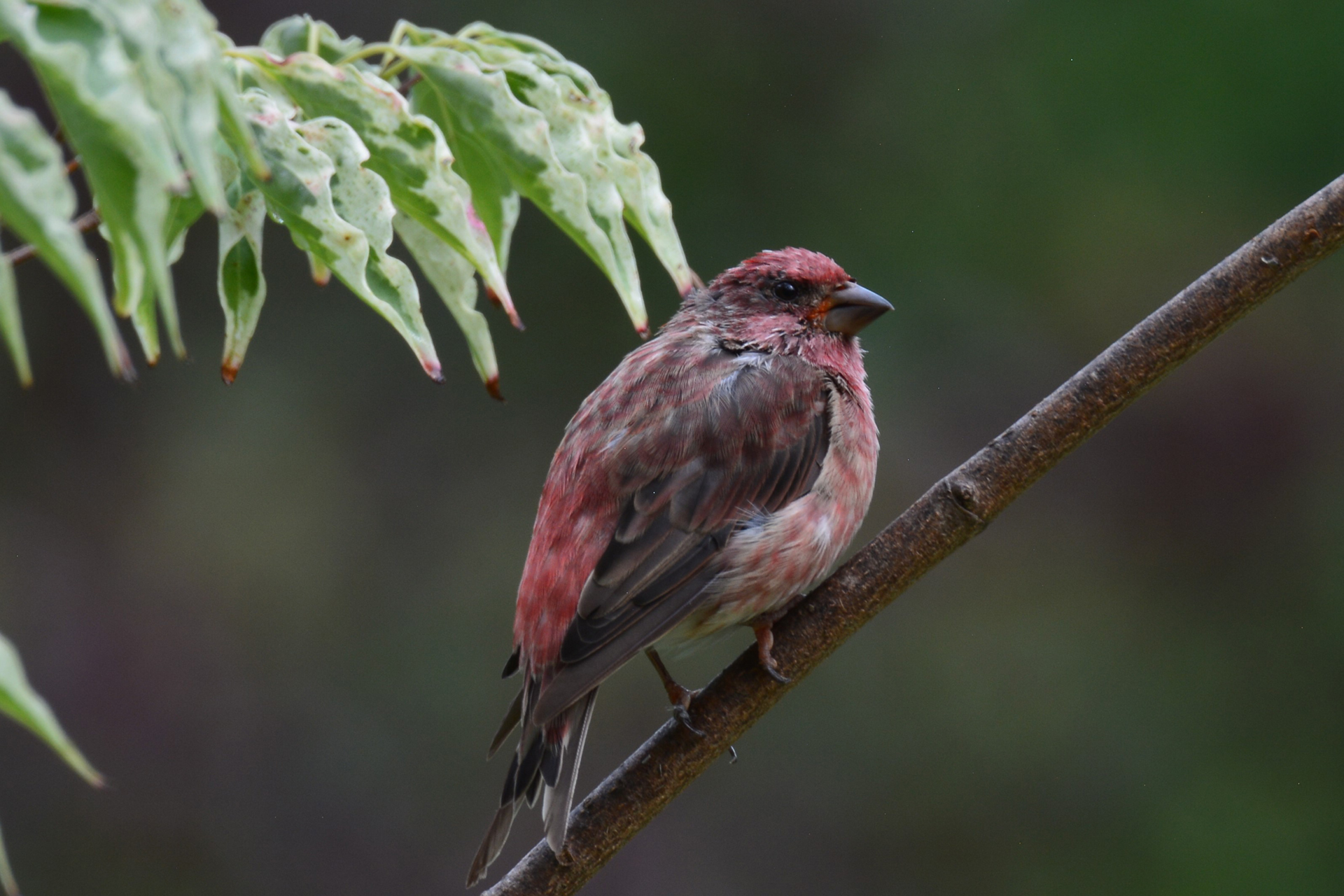Fall is a wonderful time to bird in Massachusetts. During this transitional season, sparrows and warblers migrate through the region, while winter residents like Dark-eyed Juncos and White-throated Sparrows arrive.
Over the last few weeks, fall has proven to be an eventful birding season at Drumlin Farm! After a busy growing season, our agricultural fields, with their shrubby edges and naturalized areas, host ideal conditions for some exciting birding. We’ve spotted a wide range of species, from palm warblers to clay-colored sparrows, along with some rarer highlights and winter favorites that have visited us at the sanctuary.
You may be able to see these four birds on your next trip to Drumlin Farm as well.
1. Snow Bunting
Snow Buntings nest in the high Arctic but come winter they can be found at beaches and fields around Massachusetts. During the breeding season, they are totally white with black wings, but we will see them with a wash of rusty beige feathers when they make their way into Massachusetts for the season.
Recently, they’ve been spotted nestled in the cut crops of Boyce Field. Look for them next time you’re taking the Boyce Field Loop.
2. American Pipit
American Pipits are drably colored birds, but their distinctive gait makes them easy to identify as they strut and bob around recently plowed fields. They generally travel through Massachusetts during the spring and fall during migration and rarely winter in the commonwealth.
Lately, they’ve been seen around our recently cleared crops, so keep your eyes peeled for them in plowed sections of Boyce Field.
3. Yellow-bellied Sapsucker
At first glance, the Yellow-bellied Sapsucker can be confused with a Downy Woodpecker. Upon closer inspection, you’ll see that the red cap is not at the back of the head, as seen on a Downy Woodpecker, but is larger and directly above the beak. The male sapsucker has a red patch at the throat. Juvenile Yellow-bellied Sapsuckers have an overall brownish wash. Both adults and younger birds have a large white wing spot that you can see as the bird works the tree bark quietly tapping holes for sap.
Look for them in wooded areas of the sanctuary, including on Bird Hill, and listen for their nasally “mew” call.
4. Purple Finch
It’s relatively easy to confuse Purple Finches, as they look quite like their common cousins, the House Finch. A male Purple Finch will have an overall raspberry color as opposed to the orangey-tinge of the male House Finch. Purple finches are seen in Massachusetts in fall and winter, but their numbers fluctuate from one year to another. Their populations have declined over the years, possibly due to habitat loss or competition from the House Finch.
They can be found within forested areas and their edges. Recently, they’ve been spotted around Boyce Field.
Get Ready to Bird at Drumlin Farm
Eager to see your own noteworthy bird sighting? Grab your binoculars and take a trip to Drumlin Farm—you never know what you may find!
Upcoming Birding Programs
Winter Birding on the Pond
-
Horn Pond, Woburn
-
Saturday, January 24
8:00-11:00am
Adults
Winter Birds
-
Drumlin Farm Wildlife Sanctuary, Lincoln
-
Saturday, January 24
10:00-11:30am
Families - children 3 - 12 years
Teen Birders: Search for Seabirds
-
Drumlin Farm Wildlife Sanctuary, Lincoln
-
Sunday, January 25
8:00am-2:30pm
Age 13 - 17



